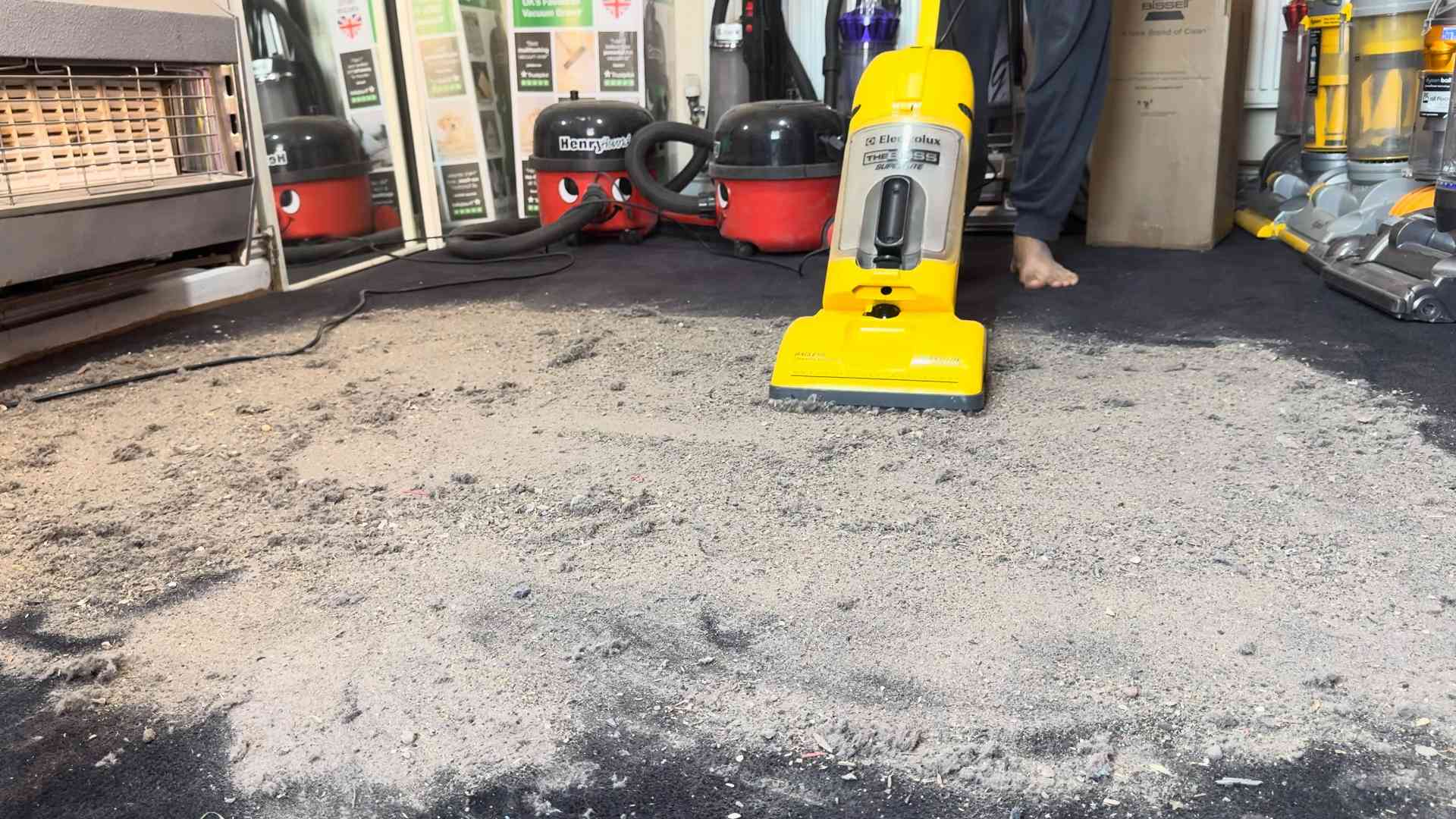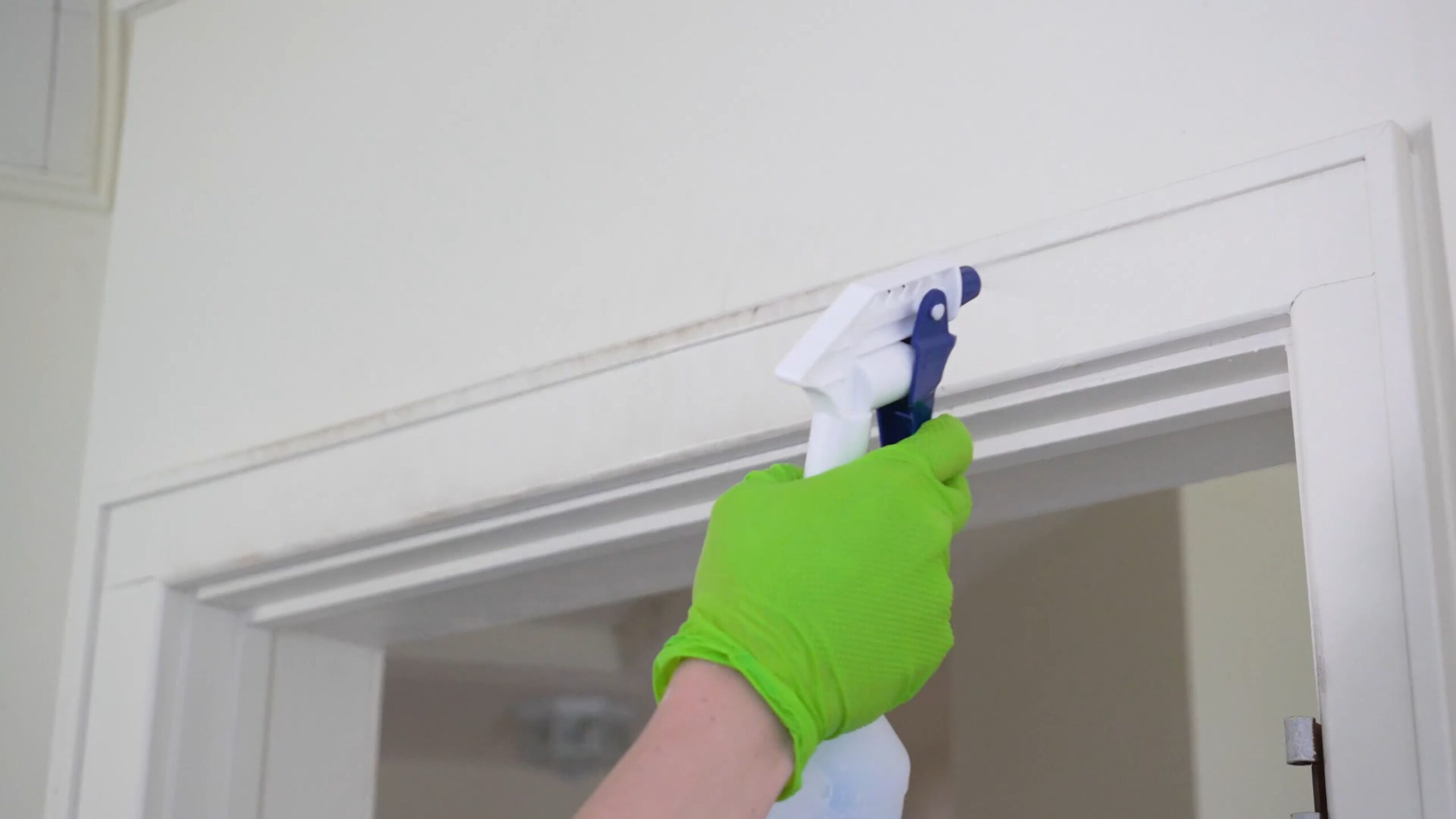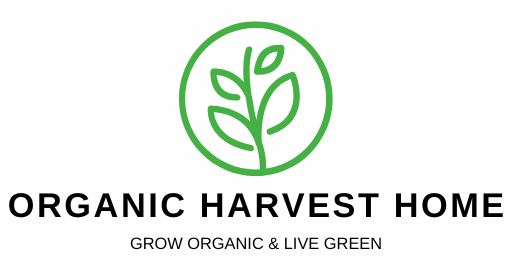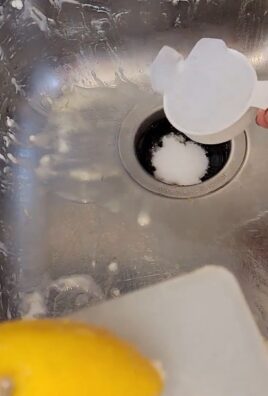Household cleaning supplies list – sounds boring, right? But what if I told you that mastering this list is the secret weapon to a sparkling clean home, without breaking the bank or exposing your family to harsh chemicals? Forget those expensive, heavily advertised cleaners! We’re diving deep into the world of DIY cleaning, where simple ingredients you probably already have can tackle even the toughest grime.
For generations, resourceful homemakers have relied on natural cleaning solutions. Think about it – before the age of mass-produced chemicals, vinegar, baking soda, and lemon juice were the go-to powerhouses for keeping homes fresh and hygienic. This isn’t just about nostalgia; it’s about rediscovering effective, eco-friendly methods that are gentle on your home and your health.
Why is this household cleaning supplies list and these DIY tricks so important now? Well, for starters, it puts you in control. You know exactly what’s going into your cleaning solutions, avoiding potentially harmful ingredients. Plus, let’s be honest, saving money is always a good thing! By creating your own cleaners, you’ll drastically reduce your spending on expensive store-bought products. So, grab your notepad, and let’s unlock the secrets to a cleaner, healthier, and more budget-friendly home!

DIY All-Purpose Citrus Cleaner: Ditch the Chemicals, Embrace the Zest!
Hey there, fellow DIY enthusiasts! Are you tired of harsh chemicals in your cleaning products? Do you crave that fresh, clean scent without the artificial additives? Well, you’ve come to the right place! I’m going to walk you through creating your very own all-purpose citrus cleaner that’s effective, eco-friendly, and smells absolutely divine. This cleaner is fantastic for countertops, sinks, appliances, and even floors (just be sure to test it in an inconspicuous area first!).
What You’ll Need: Your Citrus Cleaning Arsenal
Before we dive in, let’s gather our supplies. This is a pretty straightforward project, and you probably already have most of these items on hand.
* Citrus Peels: This is the star of the show! Orange, lemon, lime, grapefruit – any combination works. The more variety, the richer the scent. Save your peels after enjoying your favorite citrus fruits. Aim for about 2-3 cups of peels.
* White Vinegar: The cleaning powerhouse! Vinegar’s acidity helps break down grease and grime.
* Water: Distilled water is best for a longer shelf life, but tap water works just fine.
* Spray Bottle: A clean, empty spray bottle to store and dispense your finished cleaner.
* Glass Jar with Lid: A large glass jar (like a mason jar) to infuse the vinegar with the citrus peels.
* Optional: Essential Oils: For an extra boost of fragrance and cleaning power, consider adding a few drops of your favorite essential oils like tea tree, lavender, or eucalyptus.
* Optional: Funnel: Makes transferring the infused vinegar to the spray bottle much easier.
* Optional: Cheesecloth or Fine-Mesh Strainer: For filtering out any small bits of peel.
Step-by-Step Guide: Creating Your Citrus Cleaning Magic
Alright, let’s get started! This process takes a little time for the infusion, but the actual hands-on work is minimal.
1. Prepare the Citrus Peels:
* First, make sure your citrus peels are relatively clean. You don’t need to scrub them, but remove any large pieces of fruit pulp.
* Cut the peels into smaller pieces. This helps the vinegar extract the oils and fragrance more effectively. I usually cut them into strips about 1-2 inches long.
2. Infuse the Vinegar:
* Place the cut citrus peels into your glass jar.
* Pour white vinegar over the peels, making sure they are completely submerged. You want to fill the jar almost to the top, leaving a little headspace.
* Seal the jar tightly with the lid.
3. Let it Sit and Infuse:
* This is the waiting game! Store the jar in a cool, dark place for at least 2 weeks, but ideally 3-4 weeks. The longer it sits, the stronger the citrus scent will be.
* Give the jar a gentle shake every few days to help the infusion process along.
4. Strain the Vinegar:
* After the infusion period, it’s time to separate the vinegar from the peels.
* Place a cheesecloth-lined strainer or a fine-mesh strainer over a clean bowl or measuring cup.
* Carefully pour the infused vinegar through the strainer to remove the peels. Discard the peels (or compost them!).
5. Dilute the Vinegar (Optional):
* Vinegar can be quite strong, so you might want to dilute it with water. I usually use a 1:1 ratio (equal parts vinegar and water), but you can adjust this to your preference. If you’re using it on delicate surfaces, definitely dilute it more.
* If you’re not diluting, you can skip this step and move directly to adding essential oils.
6. Add Essential Oils (Optional):
* If you want to add essential oils, now’s the time! I usually add about 10-20 drops per cup of diluted vinegar.
* Some of my favorite essential oils for cleaning are tea tree (antiseptic), lemon (brightening), lavender (calming), and eucalyptus (disinfectant).
* Experiment with different combinations to find your favorite scent!
7. Transfer to Spray Bottle:
* Using a funnel (if you have one), carefully pour the diluted and scented citrus cleaner into your clean spray bottle.
* Label the bottle so you know what’s inside!
Using Your DIY Citrus Cleaner: Time to Shine!
Now that you’ve created your amazing citrus cleaner, it’s time to put it to work!
* Countertops and Sinks: Spray the cleaner onto the surface and wipe clean with a cloth or sponge.
* Appliances: Spray onto a cloth and wipe down the exterior of your appliances. Avoid spraying directly into vents or openings.
* Floors: Add a small amount of the cleaner to a bucket of water and mop as usual. Always test in an inconspicuous area first to ensure it doesn’t damage the finish.
* Glass and Mirrors: This cleaner works great on glass and mirrors! Just spray and wipe with a microfiber cloth for a streak-free shine.
* Cutting Boards: Sanitize your wooden cutting boards by spraying them with the cleaner and letting it sit for a few minutes before rinsing.
Important Considerations: A Few Words of Caution
While this cleaner is generally safe and effective, there are a few things to keep in mind:
* Test in an Inconspicuous Area: Before using the cleaner on any surface, especially delicate ones like marble or granite, test it in a hidden area to make sure it doesn’t cause any damage or discoloration.
* Avoid Contact with Eyes: Vinegar can irritate the eyes, so avoid spraying it directly into your face. If you do get it in your eyes, rinse thoroughly with water.
* Not for All Surfaces: Avoid using this cleaner on natural stone surfaces like marble or granite, as the acidity of the vinegar can etch the stone.
* Storage: Store your citrus cleaner in a cool, dark place away from direct sunlight. It should last for several months.
* Smell: While the citrus scent is lovely, the vinegar smell can be a bit strong at first. Don’t worry, it will dissipate quickly. Adding essential oils can help mask the vinegar scent.
Troubleshooting: Addressing Common Issues
Sometimes things don’t go exactly as planned. Here are a few common issues you might encounter and how to fix them:
* Weak Citrus Scent: If your cleaner doesn’t have a strong citrus scent, it could be because you didn’t use enough peels or you didn’t let it infuse for long enough. Try adding more peels to the jar and letting it sit for another week or two.
* Cloudy Cleaner: A cloudy cleaner is perfectly normal and doesn’t affect its effectiveness. It’s usually caused by the natural oils in the citrus peels.
* Vinegar Smell Too Strong: If the vinegar smell is too overpowering, try diluting the cleaner with more water or adding more essential oils.
* Clogging Spray Bottle: If your spray bottle gets clogged, it could be because there are small bits of peel that didn’t get strained out properly. Try straining the cleaner again through a finer mesh strainer.
Bonus Tip: Supercharge Your Cleaning with Baking Soda!
For extra cleaning power, especially on tough stains, try sprinkling baking soda onto the surface before spraying with your citrus cleaner. The combination of vinegar and baking soda creates a fizzing action that helps lift dirt and grime. Just be careful not to use this method on delicate surfaces, as baking soda can be abrasive.
Beyond All-Purpose: Other Citrus Cleaning Applications
This DIY citrus cleaner is incredibly versatile! Here are a few other ways you can use it around your home:
* Garbage Disposal Freshener: Pour a small amount of the cleaner down your garbage disposal to freshen it up and eliminate odors.
* Microwave Cleaner: Heat a cup of the cleaner in the microwave for a few minutes to loosen food splatters. Then, simply wipe clean.
* Toilet Bowl Cleaner: Pour a cup of the cleaner into your toilet bowl and let it sit for a few minutes before scrubbing.
* Laundry Booster: Add a cup of the cleaner to your washing machine along with your regular detergent to boost its cleaning power and freshen your clothes.
Why I Love This DIY Cleaner: My Personal Testimony
I’ve been using this DIY citrus cleaner for years, and I absolutely love it! Not only is it effective at cleaning my home, but it’s also a much healthier and more sustainable alternative to conventional cleaning products. I feel good knowing that I’m not exposing my family to harsh chemicals, and I love the fresh, natural scent that it leaves behind. Plus, it’s a great way to reduce waste by using up those

Conclusion
So, there you have it! This simple yet incredibly effective DIY trick for creating your own powerful household cleaning supplies is a game-changer. Forget spending a fortune on commercial cleaners packed with harsh chemicals and questionable ingredients. By harnessing the power of readily available and affordable components, you can craft cleaning solutions that are not only effective but also gentler on your home, your health, and your wallet.
This isn’t just about saving money; it’s about taking control of what you bring into your living space. You know exactly what’s in your homemade cleaners, allowing you to avoid allergens, irritants, and potentially harmful substances. Plus, the satisfaction of creating something useful and effective with your own two hands is a reward in itself.
Why is this DIY approach a must-try? Because it’s:
* Economical: Significantly reduces your spending on cleaning supplies.
* Environmentally Friendly: Minimizes plastic waste and reduces your exposure to harsh chemicals that can harm the environment.
* Customizable: Allows you to tailor your cleaning solutions to your specific needs and preferences.
* Safe: Reduces your exposure to potentially harmful chemicals found in commercial cleaners.
* Effective: Delivers powerful cleaning performance that rivals store-bought products.
Consider these variations to personalize your cleaning arsenal:
* For a citrus boost: Infuse your vinegar with citrus peels (lemon, orange, grapefruit) for a refreshing scent and added cleaning power. Simply add the peels to a jar of vinegar and let it steep for a few weeks before straining and using.
* For extra disinfecting power: Add a few drops of tea tree oil or eucalyptus oil to your cleaning solutions. These essential oils have natural antibacterial and antifungal properties.
* For a gentle scrub: Mix baking soda with a small amount of water to create a paste for scrubbing stubborn stains on sinks, tubs, and countertops.
* For a natural air freshener: Simmer a pot of water with cinnamon sticks, cloves, and orange peels on the stovetop for a warm and inviting aroma.
We wholeheartedly encourage you to give this DIY household cleaning supplies trick a try. Experiment with different variations, find what works best for your home, and embrace the power of natural cleaning.
Don’t just take our word for it! We’re eager to hear about your experiences. Share your tips, tricks, and success stories in the comments below. Let’s build a community of savvy, eco-conscious cleaners who are transforming their homes, one DIY solution at a time. Your feedback will not only inspire others but also help us refine and improve these recipes for everyone. So, roll up your sleeves, gather your ingredients, and get ready to experience the joy of clean, naturally!
Frequently Asked Questions (FAQ)
What are the basic ingredients I need to get started with DIY household cleaning supplies?
The beauty of DIY cleaning is its simplicity. You’ll primarily need white vinegar, baking soda, washing soda (sodium carbonate), castile soap, essential oils (optional, for fragrance and added cleaning power), and water. These ingredients are readily available at most grocery stores and are relatively inexpensive. Having a spray bottle or two on hand is also helpful for dispensing your homemade cleaners.
Is white vinegar safe to use on all surfaces?
While white vinegar is a fantastic all-purpose cleaner, it’s not suitable for all surfaces. Avoid using it on natural stone surfaces like marble, granite, and limestone, as the acidity can etch and damage them. It’s also best to avoid using vinegar on waxed wood furniture, as it can strip the wax finish. Always test a small, inconspicuous area before applying vinegar to a new surface.
Can I use essential oils other than tea tree or eucalyptus?
Absolutely! Tea tree and eucalyptus oils are popular choices for their antibacterial and antifungal properties, but you can experiment with other essential oils to create your desired scent and cleaning benefits. Lavender oil has calming properties and is a good choice for bedrooms and bathrooms. Lemon and orange oils have uplifting scents and are great for kitchens. Peppermint oil can help repel insects and is a good choice for cleaning floors. Just be sure to use pure essential oils and dilute them properly before adding them to your cleaning solutions.
How long do homemade cleaning solutions last?
Homemade cleaning solutions generally have a shorter shelf life than commercial cleaners, as they don’t contain preservatives. Vinegar-based solutions can last for several months, while solutions containing castile soap may become cloudy or separate over time. It’s best to make smaller batches of cleaning solutions and use them within a few weeks to ensure optimal effectiveness. Always label your bottles with the date you made the solution.
What is the difference between baking soda and washing soda?
Baking soda (sodium bicarbonate) and washing soda (sodium carbonate) are both alkaline substances, but they have different chemical properties and uses. Baking soda is a mild abrasive and deodorizer, while washing soda is a stronger cleaner and degreaser. Washing soda is more caustic than baking soda, so it’s important to wear gloves when handling it. Washing soda is particularly effective for laundry and cleaning heavily soiled surfaces.
Can I use these DIY cleaning supplies if I have allergies or sensitivities?
One of the advantages of DIY cleaning is that you can control the ingredients and avoid potential allergens or irritants. However, it’s still important to be cautious, especially if you have known allergies or sensitivities. Always test a small amount of the cleaning solution on an inconspicuous area of your skin before using it on larger surfaces. If you experience any irritation, discontinue use immediately. You can also consult with your doctor or allergist to determine which ingredients are safe for you to use.
How do I store my homemade cleaning supplies?
Store your homemade cleaning supplies in clean, labeled spray bottles or containers. Keep them out of reach of children and pets. Avoid storing them in direct sunlight or extreme temperatures, as this can affect their effectiveness. It’s also a good idea to label the bottles with the ingredients and the date you made the solution.
What if my homemade cleaner doesn’t seem to be working as well as store-bought cleaners?
If you find that your homemade cleaner isn’t as effective as you’d like, there are a few things you can try. First, make sure you’re using the correct proportions of ingredients. Second, try increasing the concentration of the active ingredients, such as vinegar or washing soda. Third, consider adding a few drops of essential oils for added cleaning power. Finally, remember that some stains and messes may require more elbow grease and multiple applications.
Are there any surfaces I should absolutely avoid cleaning with DIY solutions?
Yes, as mentioned earlier, avoid using vinegar on natural stone surfaces like marble, granite, and limestone. Also, avoid using abrasive cleaners like baking soda on delicate surfaces that can scratch easily. Always test a small, inconspicuous area before applying any cleaning solution to a new surface. Antique furniture and certain types of fabrics may also require special cleaning methods. When in doubt, consult with a professional cleaner.





Leave a Comment